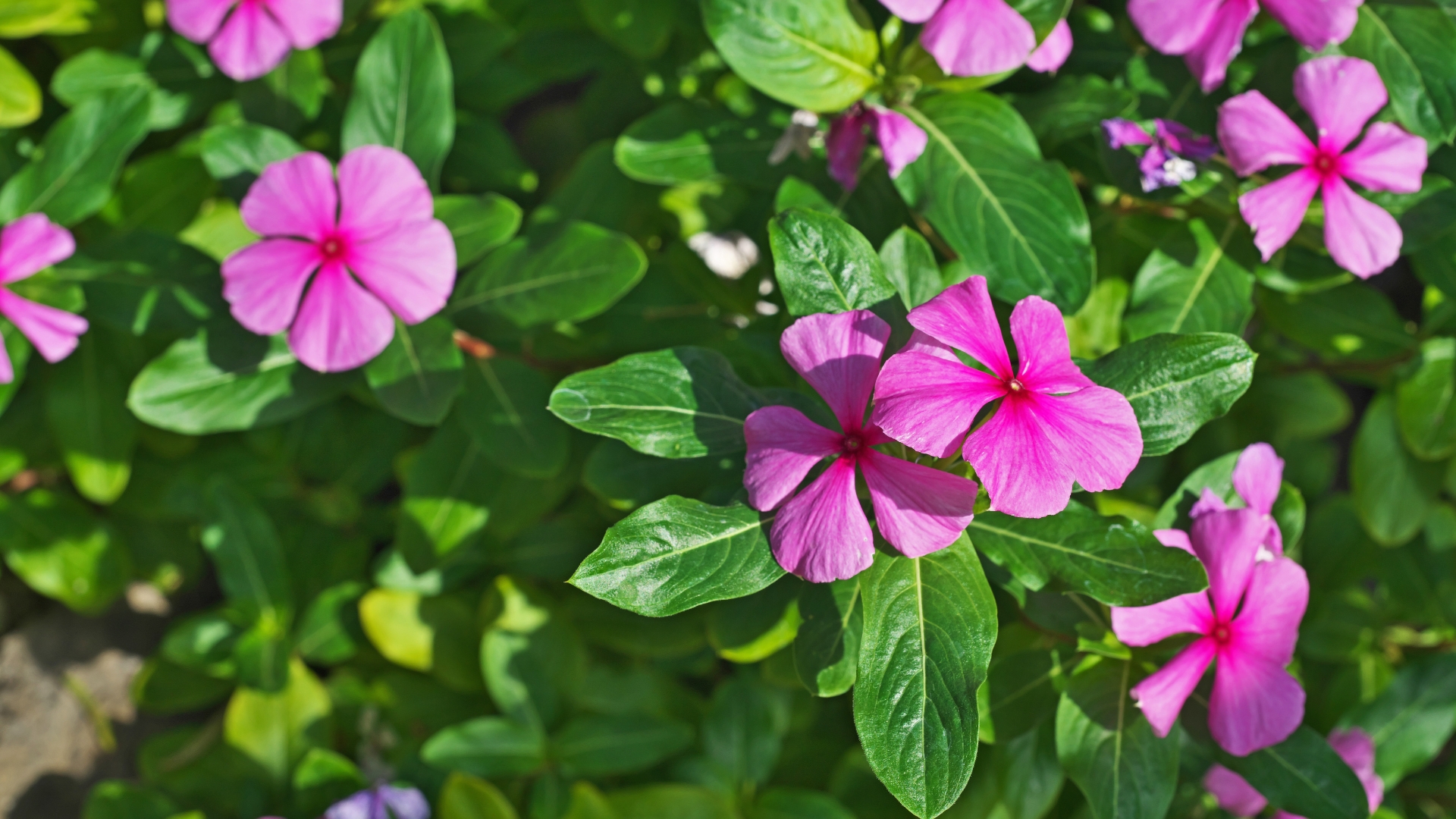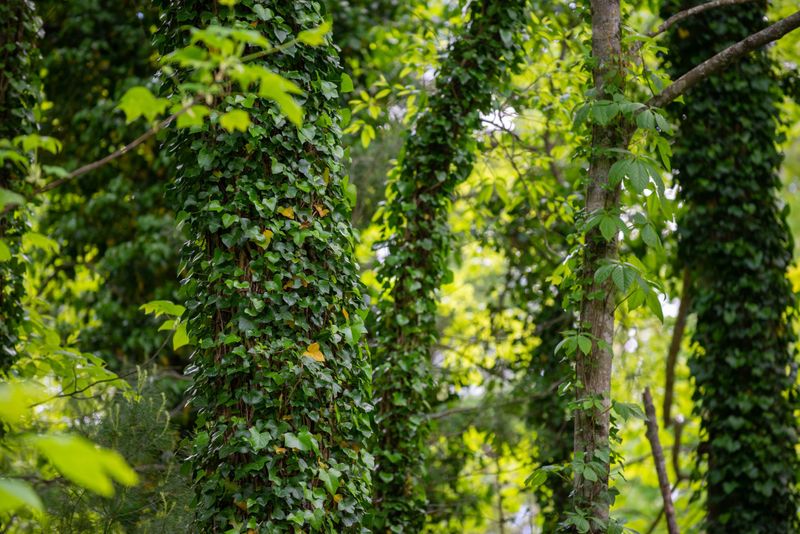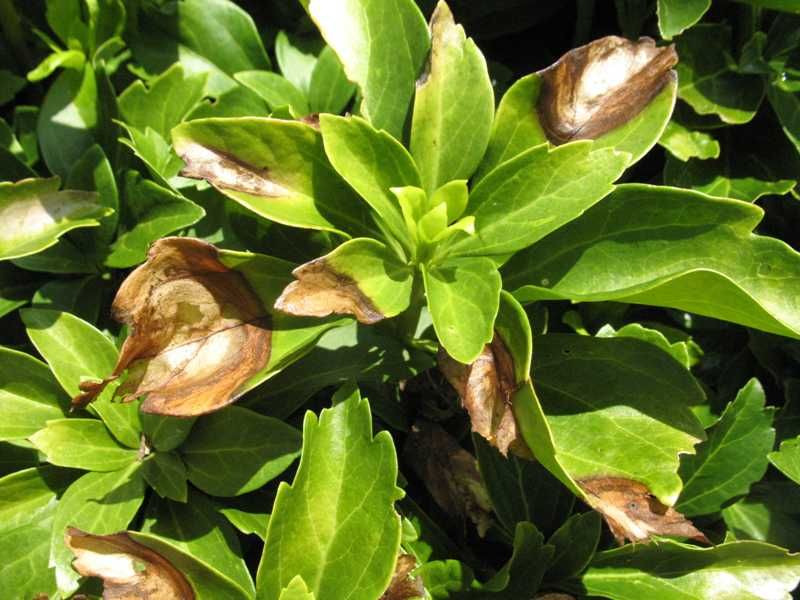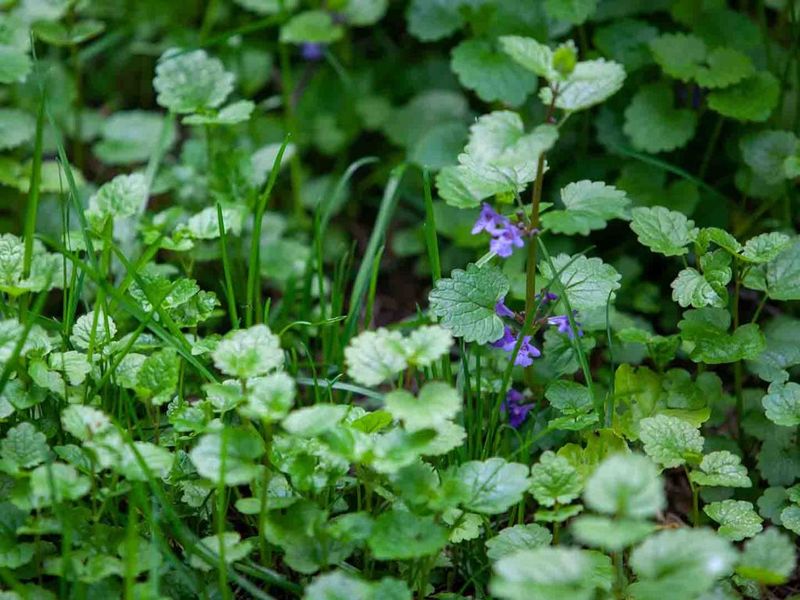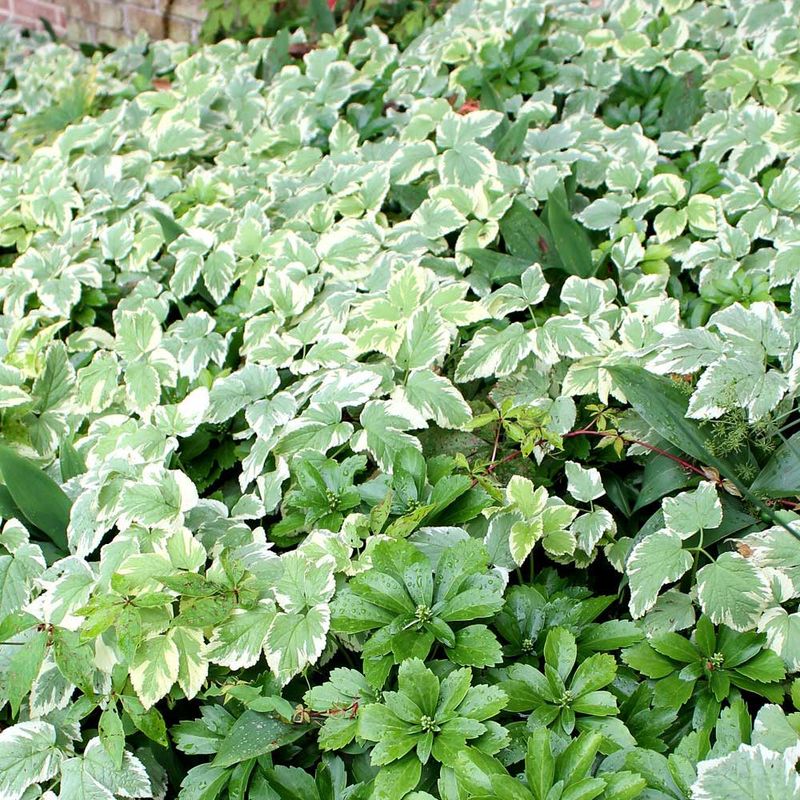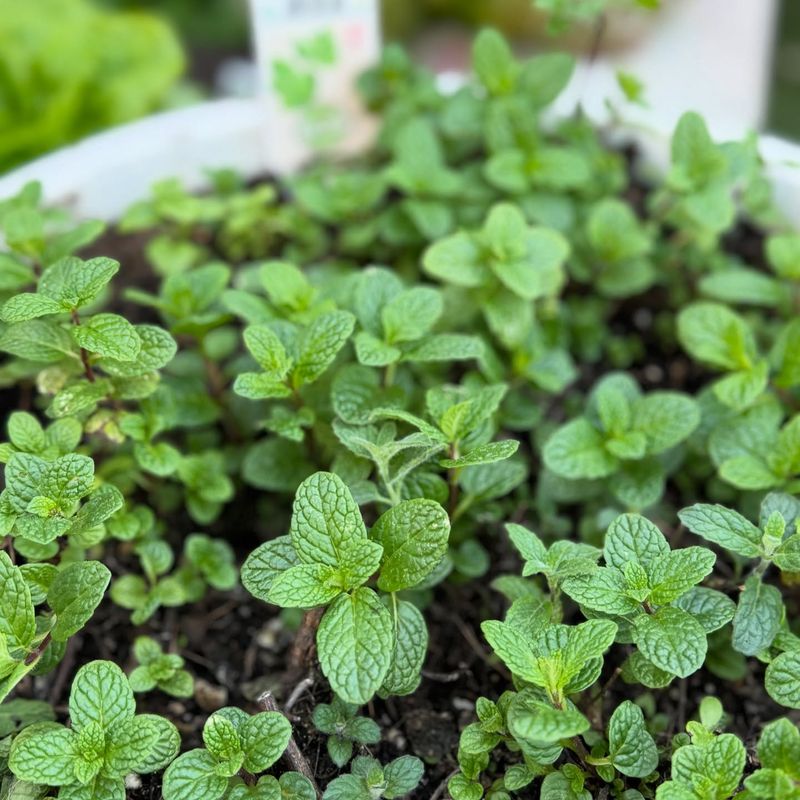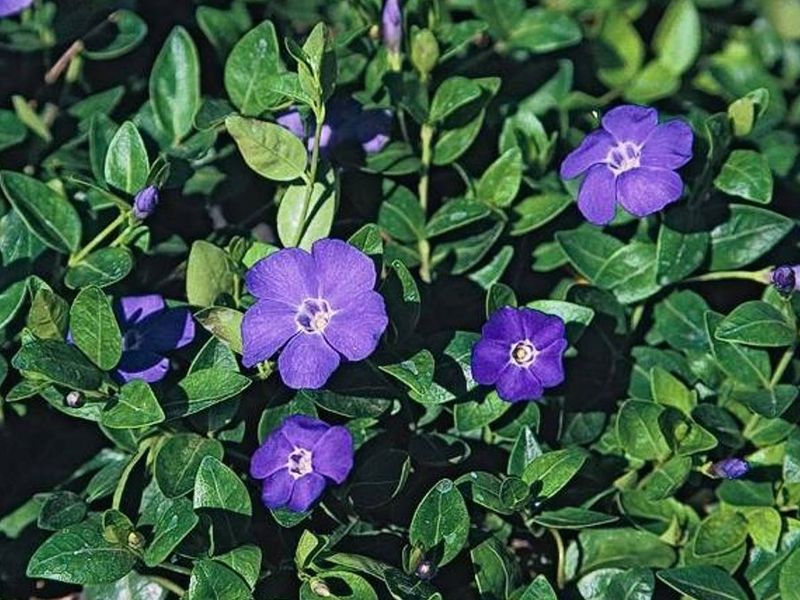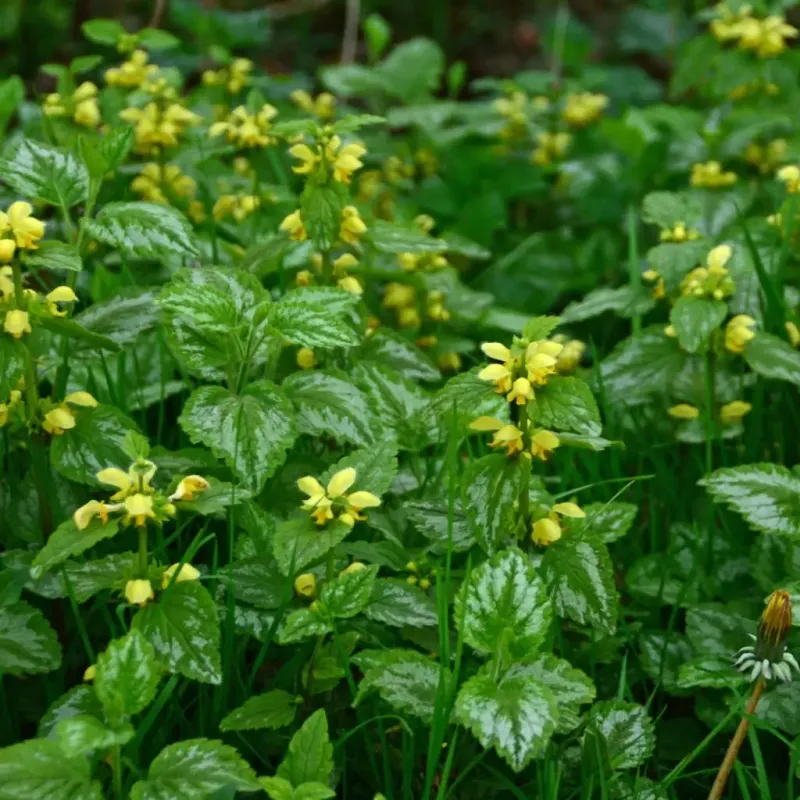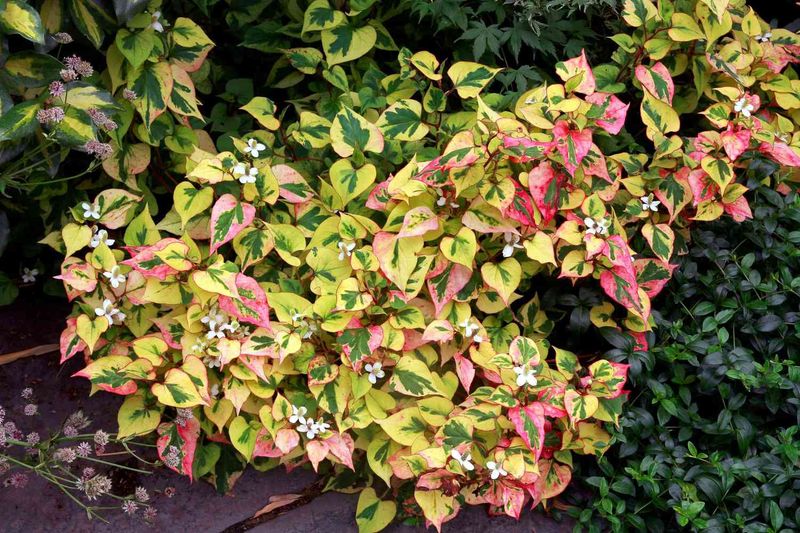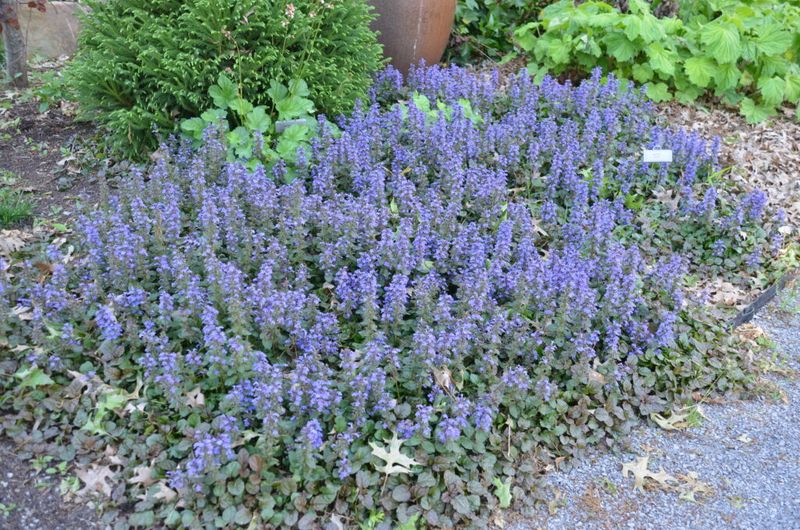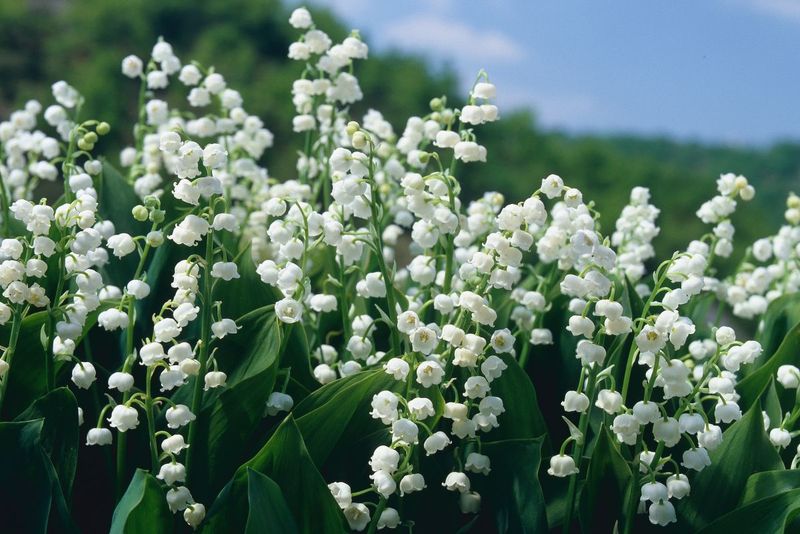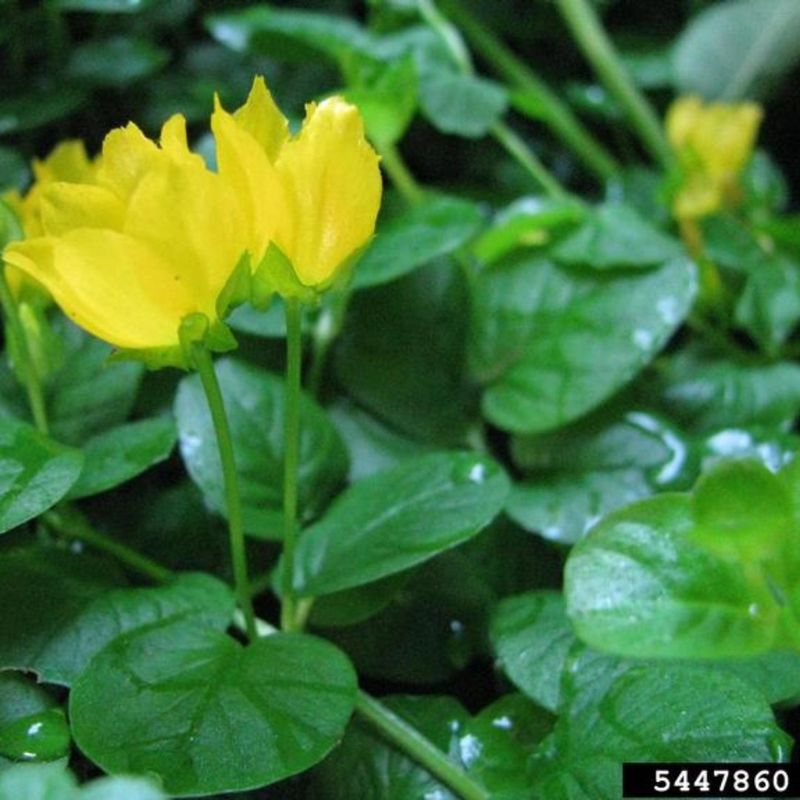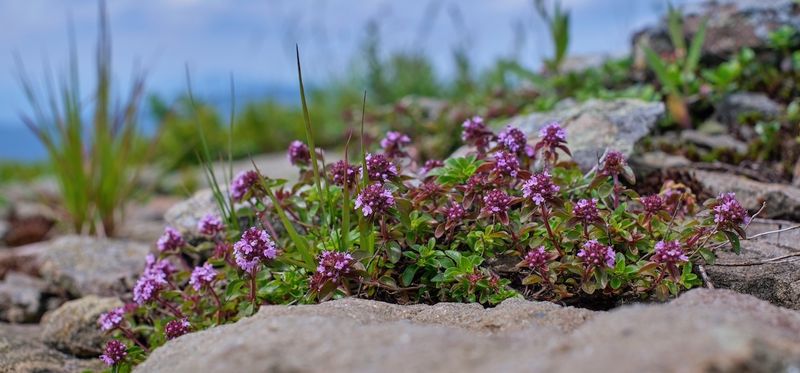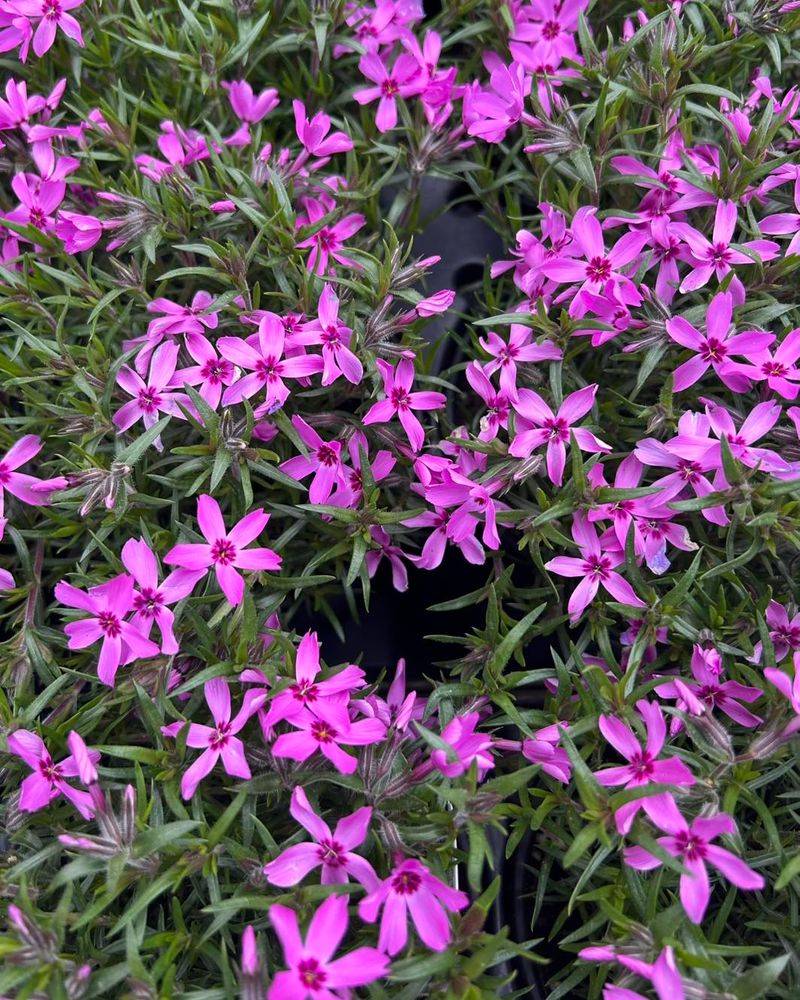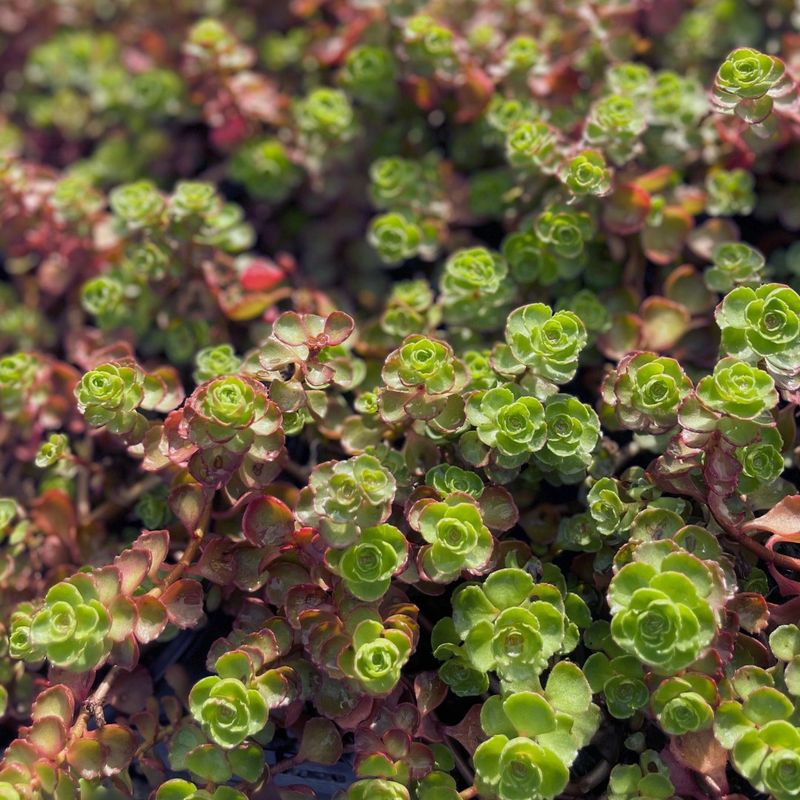Choosing the right ground cover plants can make or break your garden’s appearance and maintenance needs. While these low-growing plants help prevent weeds and erosion, not all varieties deserve a spot in your yard. Some spread aggressively, require constant attention, or attract unwanted pests. Let’s explore which popular ground covers you might want to avoid and discover some excellent alternatives that will beautify your landscape without the headaches.
1. English Ivy: The Clingy Menace
Once established, English ivy becomes nearly impossible to control. Its aggressive vines climb trees, damage mortar between bricks, and can even pull down fences with their weight.
Wildlife experts consider it invasive in many regions, where it smothers native plants and disrupts local ecosystems. The plant also harbors bacterial leaf scorch that affects nearby trees.
Removing mature ivy requires serious effort – its sticky root hairs cling tenaciously to surfaces, often leaving residue that must be scrubbed away.
2. Japanese Pachysandra: Pest Paradise
Gardeners initially love pachysandra for its neat appearance, but soon discover it serves as ground zero for numerous plant diseases. Scale insects particularly favor this ground cover, multiplying rapidly and spreading to nearby plants.
During hot, humid summers, pachysandra beds frequently develop unsightly brown patches from fungal diseases like Volutella blight. The dense growth creates perfect hiding spots for slugs and snails that venture out at night to munch on your prized plants.
Once established, removing it becomes a nightmare due to its interconnected root system.
3. Creeping Charlie: The Relentless Invader
Deceptively cute with its scalloped leaves and tiny purple flowers, Creeping Charlie (ground ivy) ranks among the most frustrating lawn weeds. Its square stems root at nodes, creating new plants every few inches as it spreads.
Conventional weed killers barely faze this determined invader. Even when you think you’ve removed every bit, a tiny fragment left behind quickly reestablishes itself.
The plant produces chemicals that inhibit the growth of nearby grass, gradually weakening your lawn while strengthening its foothold in your yard.
4. Bishop’s Weed: Pretty But Problematic
Don’t let Bishop’s weed’s variegated white-and-green foliage fool you. This deceptively attractive plant (also called goutweed) quickly transforms from garden accent to garden tyrant.
Its underground rhizomes spread rapidly, popping up yards away from the original planting. The variegated varieties often revert to all-green forms that grow even more aggressively, overtaking flower beds with alarming speed.
Removing Bishop’s weed requires excavating the entire area, as even tiny root fragments regenerate into new plants within weeks.
5. Mint: Delicious But Destructive
Mint’s fragrant leaves might enhance your mojitos, but letting this herb loose as ground cover spells disaster. The aggressive underground runners travel several feet per season, invading nearby plantings without mercy.
Garden centers rarely warn customers about mint’s invasive tendencies. Within a single growing season, a small mint patch can triple in size, sending shoots up through mulch, landscape fabric, and even small cracks in concrete.
Containing mint requires planting in buried containers with the bottom removed, and even then, vigilance is necessary to prevent escape.
6. Periwinkle (Vinca): Woodland Destroyer
Periwinkle’s glossy leaves and pretty blue flowers hide its sinister potential in many regions. Forestry experts have documented vinca smothering native woodland plants across North America, creating monoculture carpets that wildlife can’t utilize.
The trailing stems root wherever they touch soil, allowing rapid expansion into natural areas. Birds spread the seeds widely, creating new invasions far from your yard.
In warmer climates, periwinkle grows year-round with minimal dormancy, giving it competitive advantage over native seasonal plants.
7. Yellow Archangel: Deceptive Beauty
Yellow archangel’s silver-splashed leaves catch many gardeners’ eyes at nurseries. What the plant tags rarely mention is its classification as a noxious weed in multiple states.
The stems root easily at leaf nodes, creating new plants wherever they touch soil. In Pacific Northwest forests, escaped yellow archangel forms dense mats that smother native wildflowers and prevent tree seedlings from establishing.
Forest ecologists rank this lamium among the top threats to woodland biodiversity, making it an irresponsible choice for home landscapes.
8. Chameleon Plant: The Color-Changing Nightmare
Marketed for its colorful heart-shaped leaves with pink, cream and green variegation, chameleon plant quickly becomes a gardener’s regret. Its aggressive underground stems can travel several feet beneath soil, emerging in lawn areas and neighboring beds.
The leaves emit a distinctive fishy odor when crushed, making weeding sessions particularly unpleasant. Every tiny root fragment left behind regenerates into a new plant, making complete removal nearly impossible without excavation.
Professional landscapers often refuse to handle properties where this plant has been established due to liability concerns about its spread.
9. Bugleweed: The Silent Spreader
Bugleweed’s early spring flowers and purple-tinged foliage initially seem like perfect lawn alternatives for shady spots. Unfortunately, its stolons (above-ground runners) advance several inches monthly, quickly invading beyond intended boundaries.
The dense growth creates humid conditions perfect for slug populations, which then venture out to damage nearby plants. In many regions, bugleweed escapes cultivation and displaces native forest floor species that wildlife depends on.
Even with aggressive removal efforts, the plant often returns from tiny root fragments left in soil.
10. Morning Glory: Beautiful But Boundless
Those trumpet-shaped flowers might charm you initially, but morning glory quickly becomes a garden bully. A single plant produces thousands of seeds that remain viable in soil for decades, germinating years after you think you’ve won the battle.
The twining vines grow several inches daily during summer, wrapping around and strangling nearby plants. Their aggressive root systems penetrate deep into soil, making complete removal exceptionally difficult.
Garden varieties frequently cross-pollinate with wild bindweed, creating even more vigorous hybrids that resist control efforts.
11. Lily of the Valley: Toxic Temptation
Despite its sweet fragrance and dainty white bells, lily of the valley contains potent cardiac glycosides that have caused serious poisonings. Children attracted to the bright red berries face particular risk if they ingest any part of this plant.
Once established, the underground rhizomes form dense colonies that exclude other plants. The roots grow so thickly intertwined that manual removal becomes nearly impossible without total soil excavation.
Pet owners should absolutely avoid this ground cover, as it ranks among the most toxic plants to dogs and cats.
12. Crown Vetch: Highway Menace
Originally planted for erosion control along highways, crown vetch has become an ecological disaster in many regions. Its nitrogen-fixing ability alters soil chemistry, making invaded areas unsuitable for native plants that wildlife depends on.
The sprawling stems can grow six feet in a single season, climbing over and smothering nearby plants. Once established, crown vetch proves nearly impossible to eradicate through conventional methods.
Seeds remain viable for decades in soil, creating long-term management challenges even after mature plants are removed.
13. Creeping Jenny: The Golden Invader
Gardeners initially fall for creeping Jenny’s bright golden foliage, only to discover its aggressive nature too late. In moist areas, it spreads rapidly through surface runners, forming dense mats that smother neighboring plants.
The shallow roots make it seem easy to remove, but every tiny fragment left behind quickly grows into a new plant. In many regions, it escapes gardens and invades wetlands, displacing native species critical to aquatic ecosystems.
Even “contained” plantings typically breach their boundaries within a season or two.
14. Woolly Thyme: Perfect For Rock Gardens
Unlike its invasive counterparts, woolly thyme knows its place in the garden. This well-behaved ground cover grows just 1-3 inches tall with soft, fuzzy gray-green leaves that release a pleasant herbal scent when stepped on.
Drought-tolerant once established, it requires minimal watering even during summer heat. The tiny pink flowers attract beneficial pollinators without becoming weedy or spreading where it’s not wanted.
Woolly thyme thrives in poor soil conditions where other plants struggle, making it perfect for rocky areas and between stepping stones.
15. Creeping Phlox: Spring Color Explosion
Creeping phlox transforms spring landscapes with its vibrant carpet of pink, purple, or white star-shaped flowers. Unlike aggressive ground covers, it spreads slowly and predictably, maintaining a tidy 4-6 inch height that never overwhelms neighboring plants.
The semi-evergreen foliage provides year-round interest while suppressing weeds effectively. Deer and rabbits typically avoid this plant, making it excellent for unprotected areas where wildlife pressure is high.
Its shallow root system makes it easy to control if needed, unlike invasive alternatives with deep, persistent roots.
16. Sedum: The Drought-Defying Champion
Low-growing sedum varieties offer carefree ground cover in challenging hot, dry locations where other plants fail. Their succulent leaves store water efficiently, allowing them to thrive with minimal irrigation once established.
Unlike thirsty ground covers that need constant attention, sedums actually perform better with some neglect. Their shallow roots won’t damage foundations or hardscaping, making them safe choices near structures.
Fall-blooming varieties like ‘Dragon’s Blood’ provide late-season nectar for pollinators when other flowers have finished, extending your garden’s ecological benefits.
17. Wild Strawberry: Edible Ground Cover
Native wild strawberry offers multiple benefits as ground cover without the invasive tendencies of introduced species. The dainty white flowers support native pollinators, while the small but intensely flavorful berries attract beneficial birds.
Unlike aggressive spreaders, wild strawberry maintains a manageable growth habit that’s easy to direct or contain. Its three-part leaves turn beautiful burgundy in fall, providing multi-season interest.
The shallow root system effectively prevents erosion without becoming difficult to remove if garden plans change.

